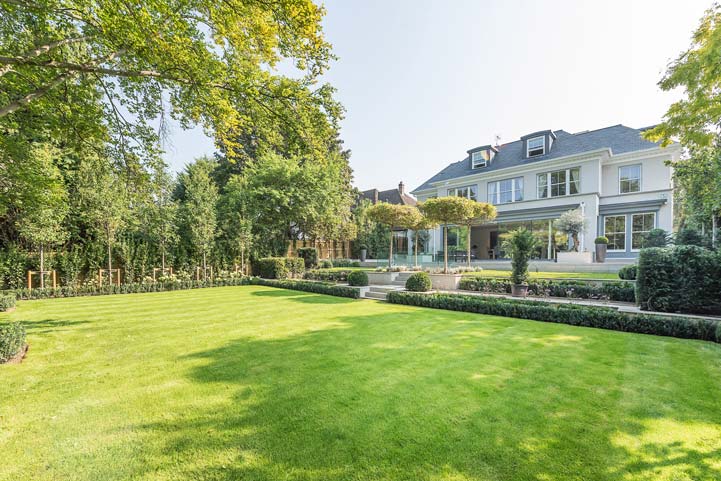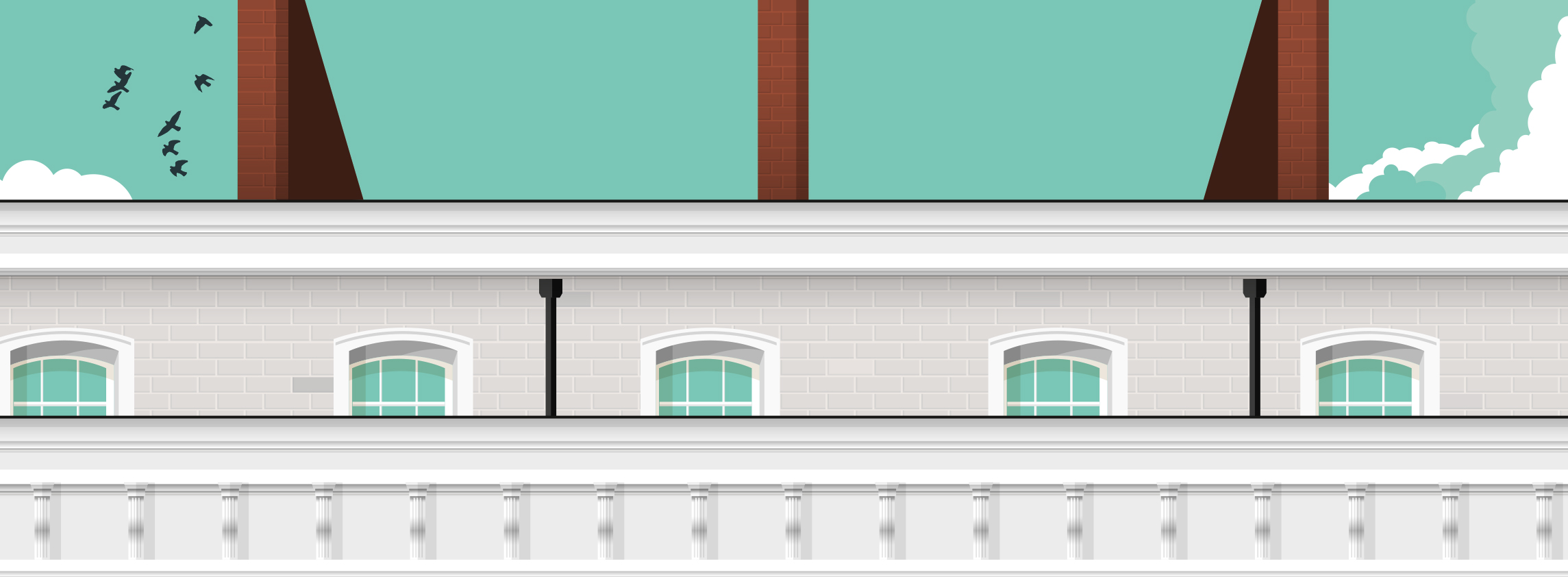High demand continues in the commuter belt and prime London reaches a turning point
Introduction
At a headline level, the rental markets of prime London and the prime commuter belt have performed very differently over the past year. However, there have been similarities in the type of homes in most demand. As tenants have continued to reassess their needs and search for more space, houses have seen stronger increases than flats across the capital and also the wider commuter belt.
But as life progressively returns to normal, we expect to see some of the divisions between both London and the country – and houses and flats – fall away.
Over the past three months, there has been renewed interest in urban locations, with many people planning ahead as restrictions continue to ease. As such, activity has increased in key towns across the commuter belt.
In London, the number of new tenants registering in June was at its highest level so far this year. Rental values increased over Q2 for the first time since the pandemic, suggesting the capital has reached a turning point.
Much of what happens next will depend on how quickly key tenant groups return, including students and international demand, of which the timings are difficult to predict in the current climate.
More than ever, tenants and landlords will need to be responsive to the speed of change in market conditions over the coming months.
London at a turning point
The second quarter sees the first signs of a recovery in prime London rental values
In the second quarter of this year, rents of prime properties in London increased by 1.0%. This provides the first concrete evidence that falls have not only slowed across the capital, but that rents have bottomed out and are returning to growth.
On average across the prime markets of London, rents are still 2.6% below where they were a year ago. However, in South West London, they have risen by 3.5%, supported by the strong domestic demand for houses in areas such as Richmond, Wandsworth and Wimbledon.
Despite improvements during the last quarter, the regions of North and East London and prime central London still show annual rental falls (-7.5% and -4.6% respectively). That reflects the specific impact of the pandemic on international tenants and demand for flats.
Houses remain the star performers
Over the past year, tenant demand has been dominated by those looking for more space both inside and out. As a consequence, houses, especially those with private outside space, have been the star performers.
Rental values of prime houses across the capital increased by 1.8% in the year to June, whereas those for flats fell by 5.8%.

Putney, London
Renewed demand for flats
However, as a further sign that the market is changing, rental values of prime flats increased by 0.4% in the three months to the end of June. This marks the first positive quarterly growth since before the pandemic.
In June, new tenants registering with Savills London offices were at their highest level so far in 2021
Jessica Tomlinson, Research Analyst, Residential Research
This reflects both the absorption of surplus stock into the market and an uptick in demand over recent months as life returns to the capital. In June, new tenants registering with Savills London offices were at their highest level so far in 2021. Indeed, this was the highest level registered in any month since 2018.
Similarly, properties with outside space have outperformed over the past 12 months. Yet during the past three months, those properties with terraces, balconies or even no outside space have returned to marginal rental growth. This suggests tenants may now be viewing larger outside space as a bonus rather than a deal-breaker for the first time since March 2020.
High demand in the commuter belt
Rental values register highest annual growth since 2007
Rents across the prime commuter belt have increased by a further 2.5% over the past three months, resulting in annual growth of 7.2%. That is the highest seen since 2007.
The surge in demand from those looking to relocate or find a larger rental property has continued into 2021. But this has been supplemented by the needs of accidental tenants who have been unable to find a property to purchase. This has supported interest in three- and four-bedroom homes in particular, which correspondingly have seen the strongest rental growth.
This, together with stock shortages, has kept upward pressure on rents. Indeed, 87% of our agents in the commuter belt said their levels of stock had decreased over the past three months. Given the market was already undersupplied, this further reduction accentuates the stock challenges for markets outside of the capital, resulting in a strong landlord’s market.
Renewed demand for urban areas
As life has returned to the high street, and now that we’re starting to see some people return to the office, the amenities that come with urban living have increased in importance.
We had seen the gap between rental values of properties in urban and surrounding areas narrow over the course of 2020, given the increased emphasis on access to the countryside. However, during the second quarter of this year, urban areas saw stronger quarterly growth (3.2% and 2.8% for city and town locations respectively). This means towns across the commuter belt have become the top performers over the past year, driven by particularly strong demand in locations such as Tunbridge Wells, Sevenoaks and Harpenden.
The view from our London agents
There’s an emerging shortage of family homes in London
Whereas the commuter belt has experienced a lack of available rental stock for well over a year, the capital has had a surfeit of available rental properties for much of this period.
But, over the past three months, two-thirds of Savills London agents said they had seen levels of stock begin to decrease, to the extent that the capital is also now starting to experience shortages of prime family housing.
And a misalignment of landlord and tenant expectations
There has also been an uptick in applicant levels as tenants plan for a return to the city. Indeed, two-thirds of Savills London agents said they had seen an increase in corporate relocation requests over the past three months.
With much of the surplus stock that came to the market during the pandemic having now been absorbed, a gap between landlord and tenant rental expectations has emerged. We anticipate that these expectations will gradually realign as the uptick in demand translates into further rental growth.
Outlook
We anticipate that, in the short term, the strongest rental demand will continue to be for properties in the commuter belt and larger family homes in London. However, as tenant priorities start to change and we see demand from key tenant groups return, we expect the pattern of rental growth to evolve in response to further relaxation of social distancing.
With evidence that London rents have bottomed out and corporate relocation searches are returning to pre-pandemic levels, we expect to see a more sustained return to rental growth in the capital into the second half of this year and through 2022. We also expect tenant demand to be supported by the progressive return of demand from young professionals and students.
By contrast, the timing of the return of international travel remains uncertain in the current climate, which suggests that the strongest pick-up in rents next year will be in London.
In comparison, we expect the relaxation of restrictions to temper demand in the commuter belt towards the end of this year. Specifically, we anticipate a gradual easing in demand from accidental tenants as the sales market starts to normalise.
That suggests that 2021 will be seen as the year of standout rental growth for prime properties beyond the capital.
For more information, please contact your nearest London office or arrange a market appraisal with one of our local experts.
